Ancestors Of Cleveland Residents Found In Norwegian Lake Sludge
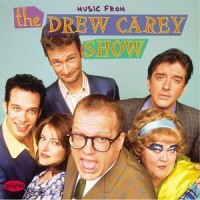
“We have found an unknown branch of the tree of life that lives in this lake. It is unique. So far we know of no other group of organisms that descends from closer to the roots of the tree of life than this species.”
— University of Oslo researcher Dr. Kamran Shalchian-Tabrizi on the discovery that the collodictyon, a single-cell creature found in the sludge of a lake located 20 miles outside of Oslo, does not fit into any of the previously known categories of living organisms. It is “human’s remotest relative,” reports Discovery News. And “not an animal, plant, parasite, fungus or alga.”
"If a pineapple were funnier, I would have written a pineapple in the first place"
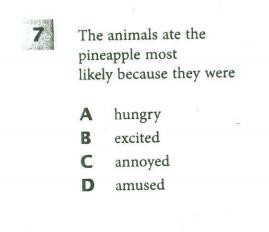
“This was done by somebody who was barely literate.”
— Daniel Pinkwater, genius towering super-hero of literature, is profoundly pissed at the mangling of his work that then caused the uproar over the absurd and bizarre NYS reading exam test question about the pineapple in the race with the hare.
Begin The Bear Uprising Now
https://www.youtube.com/watch?v=HoAL0Os2ix0
I’m trying to nail down just what I find so disturbing about this footage of “black bears at Qingdao’s Xiaozhushan Scenic Spot performing stunts to wow visitors for during the May Day holiday.” Maybe it’s the way these magnificent animals are being forced to do something so contrary to their nature for the amusement of their human captors. Or maybe it’s the skirts. Probably one or the other, though. [Via]
17 Better Names for the Color of the New NYC Taxi Cabs than "Apple Green"
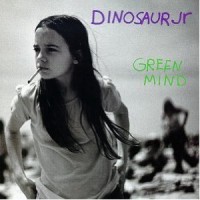
2. Coney Island Mermaid Festival green
3. Joe Namath green
4. Mark Green green
5. Bowling Green green
6. Goldman Sachs bonus green
7. Sally Jessy Raphael Show green room green
8. Escaped Bronx Zoo pit viper green
9. Hydroponic delivery service jewel box green
10. Statue of Liberty/Bigotry green
11. Kermit the Frog muppet singing sad, post-ironic song about city’s cultural decline green
12. Staten Island Ferry seasick green
13. Increasingly bad allergy seasons green
14. Imminent alien invasion green
15. The latest new flavor in the bewildering array of mouthwash available at Duane Reade green
16. Lena Dunham envy green
17. Alligator in the subways green
Woman Misidentified
Some corrections just tell you everything you need to know about a certain scene and the people who cover it: “CORRECTION: The photo we ran yesterday from the MSNBC dance party was Brooke Baldwin with Ashley Chandler, not Brianna Keilar. Brooke and Ashley were high school classmates. We apologize for the flub.”
The Four Horsemen of the Internet Apocalypse

• Has the Internet Run Out of Ideas? “We’re now at the stage where we should be getting the next wave of disruptive surprises. But — guess what? — they’re nowhere to be seen. Instead, we’re getting an endless stream of incremental changes and me-tooism.”
• Navigating a Tightrope with Amazon. Apple “selected Mr. Bissinger’s digital sequel as a Pick of the Week, giving customers a code they could redeem online for the book… Amazon interpreted the promotion as a price drop and lowered its price for ‘After Friday Night Lights’ to exactly zero.”
• With No Revenue, an Illusion of Value. “When small start-ups I’ve spoken with do make money, they often find it difficult to recruit additional investment because most venture capitalists — and often the entrepreneurs they finance — are not interested in building viable long-term businesses. Rather, they’re interested in pumping up enough hype and valuation to find a quick exit through an acquisition at an eye-popping premium.”
• A Site for Blanket Coverage of Celebrity Chefs. “’What will distinguish The Braiser from Day 1,’ [Dan] Abrams said, ‘is that it’s in an underpopulated yet very attractive space for particular advertisers.’”
Birds, From Worst To Best
Birds, From Worst To Best
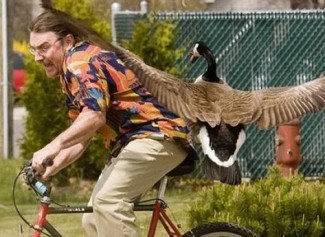
• Canada Goose
• Mute Swan
• Yellow-throated Warbler
• Bald Eagle
• Cockatiel
• American Robin
• Feral Pigeon
• Gull
• House Sparrow
• Blue Jay
• Yellow-bellied Sapsucker
• Japanese Tit
• Southern Black Tit
• Dusky Tit
• Ashy Tit
• Booby
• American Woodcock (aka Timberdoodle)
• Northern Cardinal
• Chicken
• Toucan
• Black-capped Chickadee
• Peacock
• Mourning Dove
• Pelican
• American Kestrel
• Hoopoe
• Hummingbird
• Magpie
• Crow
• Raven
• Mockingbird
• Wild Turkey
• Curlew
Joe MacLeod was permaently scarred as a child (OK, teenager) when he viewed an ABC Afterschool Special. Ornithological consultation by Tom Scocca.
The Search For The Oldest Living Thing In New York
by Chadwick Matlin
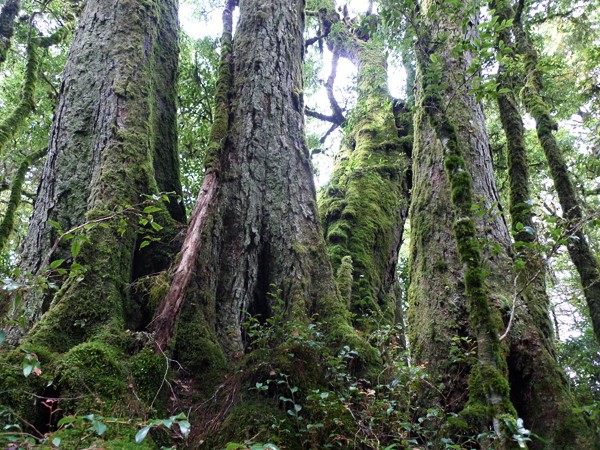
Antarctic Beech Fairy Ring #1211-P1020362 (12,000 years old, Queensland, Australia)
For the past six years, Rachel Sussman, 37, has devoted her life to chronicling the oldest living things in the world before they disappear. A photographer by training and hedge scientist by necessity, her photos are a mix of Annie Liebovitz and Ansel Adams: portraits whose subjects happen not to be human. Sussman has chased down nearly three dozen different organisms, a 400,000–6000,000 year-old bacteria in Siberia, a 2,000-plus year-old olive tree in Crete, and some 3,000 year-old lichen in Greenland, to name a few. She spent February and March chasing down 5,000-year-old moss in Antarctica. She found it, but couldn’t get close enough to get a picture she liked. She had to settle for a photo of 2,200 year-old moss instead. “Some of these things are not photogenic,” she says. And yet their age — and Sussman’s lens — gives them a haunted beauty.
Earlier this month, just a few weeks after she returned from Antarctica, she and I went looking for the oldest living thing in New York. And so we went to see the Queens Giant, a 134-foot tulip poplar estimated to be between 300 and 450 years old. Sandwiched between the Long Island Expressway and the Cross Island Expressway, it was once protected by a chain-link fence, one side of which is now shorn in two. As Sussman walked around its trunk, camera in hand, she pointed out the trash strewn about. A traffic cone here, a discarded rubber tire there, and, oh, look, right by the trunk, a misplaced tchotchke lying on the ground that Sussman described as a “scary little plastic alien suffocating in a bag.” A new kind of invasive species?
Sussman’s list of the oldest living things is by no means exhaustive. “I think we’re barely scratching the surface” — she later told me — “literally.” The project has taught an artist like her not only how little research is done into longevity, but also that even the research that is done is not, because of technological limitations, definitive. “I hadn’t realized how inexact of a science science is.”
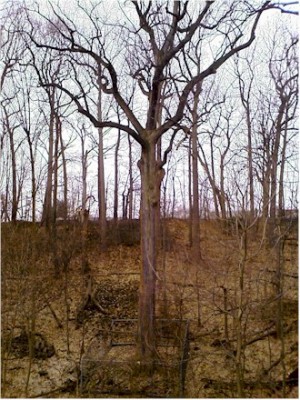
By all accounts, then, the Queens Giant is far too young to be Sussman’s type. But Sussman has been told that the Giant is as good — which is to say, as old — as she can get inside of her own city. (She lives on a Williamsburg block reinvented several times over.) The Giant is the city’s tallest tree; urban legend, an old newspaper report, and its very own Yelp page have it that it’s also the oldest.
Except it turns out that it’s almost certainly not.
The oldest living tulip tree in New York? “No one disputes that, really,” said Bram Gunther, New York City Parks’ chief of forestry, horticulture and natural resources. But the oldest living thing? “I doubt it.”
Perhaps unsurprising in a city that traffics in false superlatives — which Famous Original Ray’s is the Famous Original Ray’s, again? — nobody seems to know what New York’s oldest living thing is. Nor does anyone seem in any particular rush to find out. That’s partly because the only way to date a tree is to scar it. When scientists core into the trunk, it can leave the tree open to infections. “Considering how few venerable trees we have, coring is the equivalent of taking bone marrow from a grandmother,” Mike Feller, New York City Parks’ chief naturalist, says. “You know she’s old, so don’t put her through the trouble.”
So, the pool of candidates remains as murky as it does diverse. Take your pick. Could it be, as New York City Parks Commissioner Adrian Benepe wonders, a white oak in the New York Botanical Garden? Or what about a black tupelo, which, according to Neil Pederson, a professor with the Tree Ring Research Laboratory at Columbia’s Lamont-Doherty Earth Observatory, can live to be about 700 years old and may or may not be in Alley Pond Park along with the Queens Giant? And don’t forget about those post oak trees in Pelham Bay Park, a rare specimen whose age we actually know. Pederson took a sample a few years ago and dated it to around 1770.
Of course, New York’s oldest living thing doesn’t have to be as majestic as a tree. And it maybe, perhaps, possibly isn’t. “It’s entirely possible that some of our salt marshes do have a network of plants that are genetically the same,” and thus thousands of years old, says Feller. How would salt marshes — essentially bodegas to the Queens Giant’s skyscraper — possibly be New York’s oldest living thing? By cloning themselves.
At the end of the last ice age — somewhere between 3,000 and 5,000 years ago — salt marshes settled up and down the northeast coast, staying alive asexually, creating genetic clones of itself. Mark Bertness, a biology professor at Brown, says that Cape Cod salt marshes have been shown to be more than 2,000 years old. There’s no reason to think New York City’s couldn’t be the same. It’s possible that a swath of marsh in Jamaica Bay, Pelham Bay Park, Udall’s Cove or Staten Island could be the city’s most venerable crone.
But even if the sea marsh is the oldest living thing in New York City, its reign is as uncertain as the title it (potentially) holds. Global warming means rising sea levels, and rising sea levels means that New York is already losing some of its marsh islands, and more are threatened. And there’s nowhere for them to go. “Salt marshes aren’t going to retreat into midtown Manhattan,” Feller says.
Nevertheless, the oldest living thing in New York, whatever it is, isn’t going to make its way into Sussman’s project. It’s just not definitively old enough. “Saying we don’t know,” Sussman says, “is a perfectly good answer.”
Chadwick Matlin is the senior editor for Reuters Opinion. He likes getting emails. Top photo by Rachel Sussman, used with permission; picture of Queens Giant by BebopPete, via Wikipedia.
People Terrible
“Cheating is becoming an increasing problem in sports events for athletes with disabilities. Rigorous inspections are supposed to root out those who are only faking a handicap, but some imposters get through — like the supposedly blind athlete who cheered when she saw her result on the board.”
